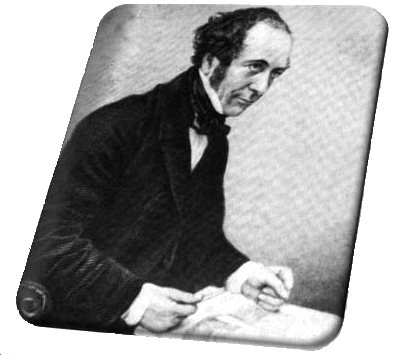عشق به دیگری، ضرورت نیست، حادثه است.
عشق ِ به وطن، ضرورت است، نه حادثه.

پنجشنبه 16 خرداد 87 به چه کاری مشغول بودم یا چه چیزی فکرم را به خود مشغول کرده بود که خبر درگذشت نادر ابراهیمی را به یاد ندارم! اصلا اگر خبردار هم شده بودم نباید هیچ حس خاصی نسبت به فوتش می داشتم. چون هرگز نمی شناختمش. چرا؟! اینکه ادبیات در زمانه ی ما مهجور است و دیگرانی چون من یک چنین اشخاصی را نمی شناسند هیچ جای سوال و تعجبی باقی نمی گذارد. (توجیهی بر کوتاهی امثال من نوعی).
و اما من نادر ابراهیمی رو با «یک عاشقانه آرام» شناختم.
یک شبه رمان عاشقانه! رمان نبود ولی داستان زندگی نویسنده بود با سبکی خاص و متفاوت از آثار دیگر نویسندگان و همان ابتدا به ساکن بخاطر شیوه ی نویی که داشت، و علی رغم سنگین و ثقیل بودن گوشه کنار آن، به جد دنبالش کردم تا در اوقات فراغتی که پیش می آمد، یک هفته پیش، به اتمام رساندمش.
در حین خواندن کتاب به فکر یادداشت برداشتن از عبارتهای کلیدی آن افتادم تا بقولی شاه کلیدهایی داشته باشم برای روز مبادا.
ص 11: عاشق زمزمه می کند، فریاد نمی کشد.
ص 38: عشق، تن به فراموشی نمی سپارد- مگر یکبار، برای همیشه.
جام بلور، تنها یکبار می شکند. ...
احتیاط باید کرد. همه چیز کهنه می شود، و اگر کوتاهی کنیم، عشق نیز. بهانه ها جای حس عاشقانه را خوب می گیرند.
- ۰ نظر
- ۰۳ دی ۸۸ ، ۰۱:۰۷

